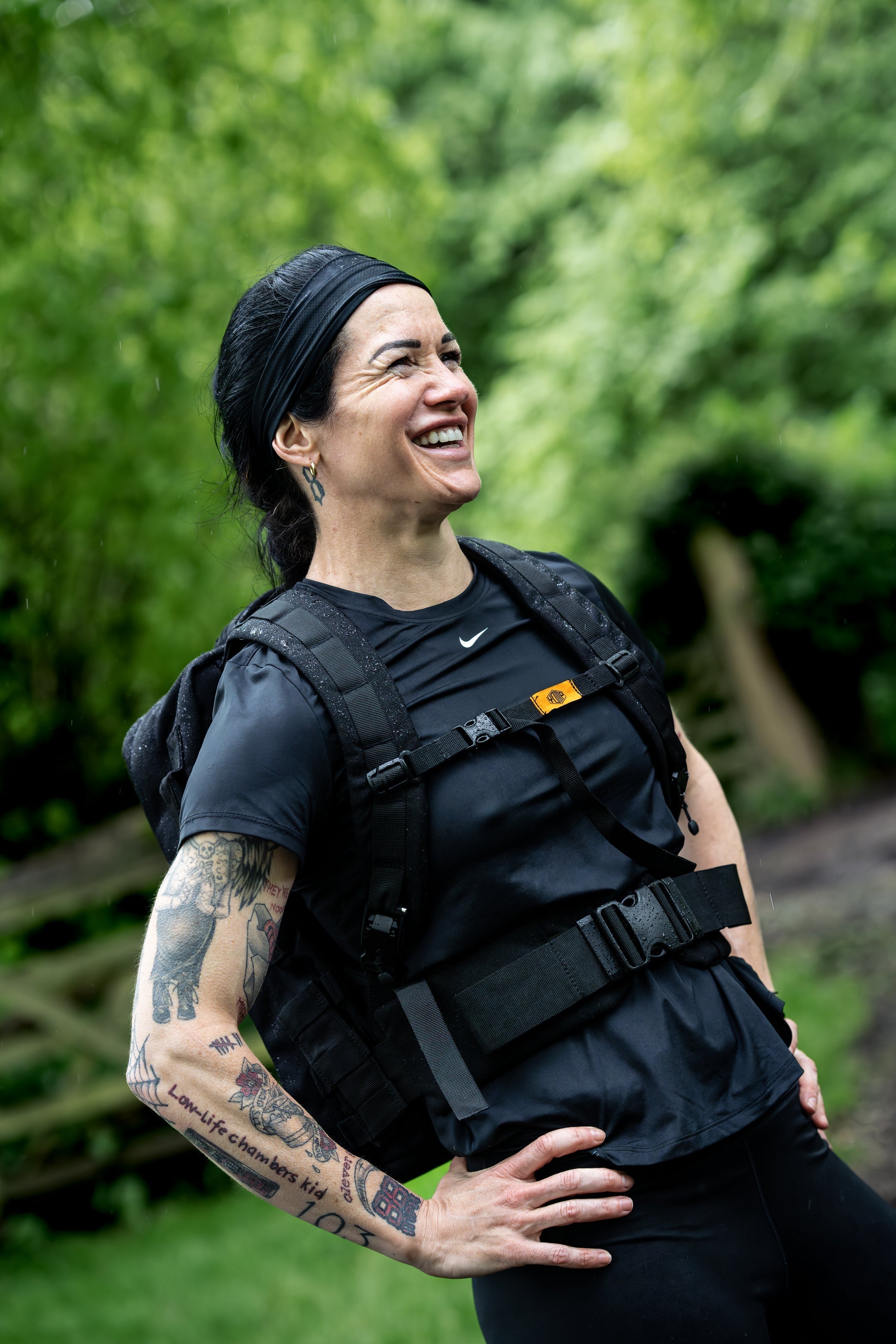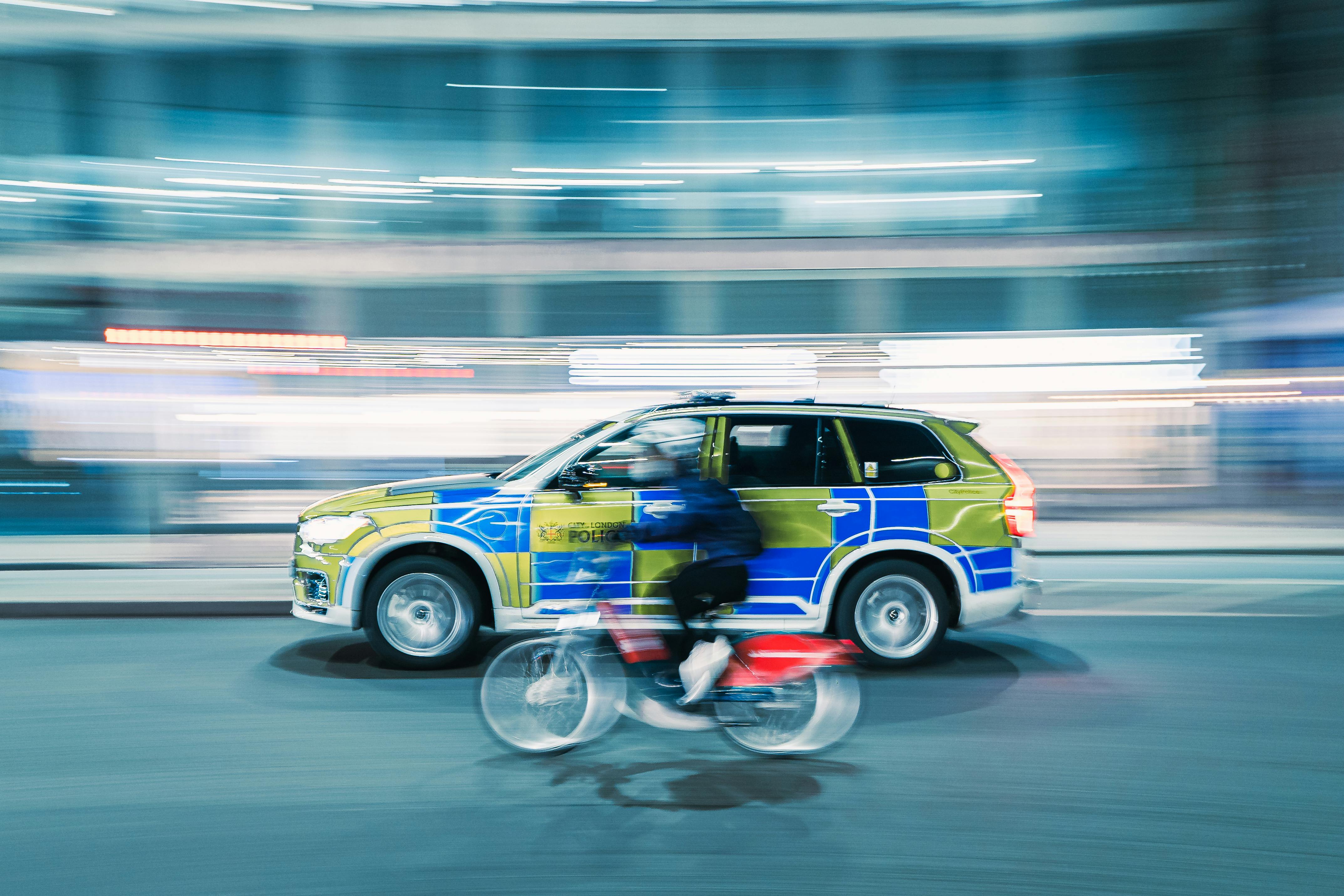Ruck Training for Women: Science, Strategy, and the Stuff Nobody Tells You

Why this guide exists
Rucking - or yomping with weight on your back - is exploding in popularity among women. It’s showing up in fitness events, charity challenges, weekend training, and even as a social way to combine endurance with strength. It’s simple, accessible, and brutally effective: grab a pack, add some weight, and you’ve turned a walk into a workout.
The problem? Almost every article, training plan, and kit review out there is written with men in mind. But women face different physiological realities when it comes to carrying load: packs often represent a larger percentage of body weight, gait mechanics distribute force differently, and certain injuries are more common if training isn’t progressive.
This guide changes that. Backed by research from the UK Ministry of Defence and British universities, plus field-tested tips from experienced ruckers, it’s designed to give female ruckers the best possible chance of training smart, staying strong, and enjoying the process.
1. Physiology: Why the ruck feels heavier
-
Relative load: A 20-kg pack can represent ~30% of body weight for a 65-kg woman. Every % of body mass carried increases oxygen cost, so women often train closer to their ceiling.
-
Bone stress risk: UK studies show tibial stress fractures are 2–3× more common in women when ruck loads climb too fast. (The tibia is the large shin bone that runs down the front of your lower leg — the one that aches if you’ve ever had shin splints.)
-
Thermoregulation: Women sometimes overheat faster under chest straps due to different sweat gland density and body surface area.
🏃 Training tip: Build up like adding weight to a barbell: start with % body mass, then peak toward the absolute event load.
2. Biomechanics: How women carry weight differently
-
Hip & knee alignment: Women’s wider pelvis can mean more knee valgus under fatigue — this is when the knees drift inward during steps or landings, putting extra stress on the inside of the knees and the shin.
-
Stride length: Trying to copy a taller person’s stride is like running in clown shoes. Shorter, quicker steps are more efficient and safer.
-
Bust & trunk mechanics: Breast tissue shifts your centre of mass forward. Sternum straps aren’t a comfort detail — they’re balance points.
🏃 Training cue: “Short steps, quick feet, tall trunk.”
3. Injury patterns to watch
-
Stress fractures: Often in the tibia (shin bone) or metatarsals (bones across the top of the foot). These are micro-cracks that build up if load rises too quickly.
-
Knee pain: Patellofemoral pain is common in women — this feels like an ache or sharp discomfort around or behind the kneecap, especially on descents, stairs, or after sitting for a long time.
-
Shoulder & strap pain: Narrower shoulder span and breast tissue make strap pressure a bigger issue.
🏃 Fix: Soleus raises, eccentric step-downs, and hip abduction work. Small lifts, big insurance.
4. Strength Training for Ruckers
Strength training is armour for your joints. Without it, every step spends more energy than it should.
The Big 5
-
Split Squats / Lunges → Step one leg forward and lower into a controlled lunge, keeping your torso upright. Builds balance, hip and knee strength, and mimics uphill/downhill loading.
-
Step-Ups with Pack → Step onto a bench or box with your ruck on, driving through your front foot. Closest gym movement to climbing a hill under load.
-
Eccentric Step-Downs → Step off a box slowly, controlling the lowering phase. This teaches your quads to absorb impact — exactly what happens on steep descents.
-
Calf Raises (straight + bent-knee) → Standing or seated, push through the balls of your feet to raise your heels. Straight legs hit the gastrocnemius, bent knees target the soleus — vital for absorbing ruck forces.
-
Loaded Carries → Hold a weight in one or both hands and walk tall. These train trunk stability and grip, and mirror the side-to-side sway of a heavy ruck.
Accessories
-
Hip abduction (bands, side-steps).
-
Single-leg RDLs for hamstrings and balance.
-
Side planks and suitcase carries for lateral core strength.
🏃 Remember: The stronger you are relative to the ruck, the less every step eats into your aerobic engine.

5. Kit Fit: Making the pack work for you
Rucking is as much about interface with your kit as it is about fitness. Poor strap placement can end a session faster than tired legs.
-
Sports bras: High-support, wide-strap, moisture-wicking. Seam-free if possible.
-
Sternum strap: Position above breast tissue. If you can’t belly-breathe, loosen it.
-
Hip belt: Designed to sit on your iliac crest — the bony ridge you feel at the top of your hips. For many women, placing the belt slightly higher feels more stable.
-
Shoulder straps: Women’s-specific yokes reduce rubbing; if not, hack with foam sleeves.
-
Boots: Narrower heel + wider forefoot = blister risk. Women’s lasts, tape, and lacing fix it.
Field Hacks
-
Tape under straps: KT tape, moleskin, or Leukotape save skin.
-
Layering trick: A thin base layer under straps reduces friction.
-
Two-bra method: Compression + support spreads strap pressure.
-
DIY strap pads: Neoprene or foam sleeves make long rucks tolerable.
6. Hormonal considerations
-
Cycle tracking: Some women feel knee or shin pain flare at the same point each month. If so, adjust loads or swap in low-impact cardio then.
-
Fuel: Low energy intake = higher stress fracture risk. Food is part of your training, not optional.
7. Progression for smaller frames
-
Start at 10–15% body weight, not arbitrary loads.
-
Add 1–2 kg every 2 weeks or extend time by 10%, not both.
-
Use modular loads (water bottles, sandbags) so you can adjust mid-session.
8. Brain & pacing edge
University of Portsmouth studies show cognition declines after long load carriage, but women often pace more steadily — holding an even rhythm instead of spiking and crashing. That steadiness is an advantage.
🏃♀️ Drill: On your next long ruck, add a nav check, recall task, or simple math problem halfway through. Brain-on-body training pays off.
9. Readiness benchmarks
-
10 km @ 20% body weight: ≤1h50, steady form.
-
60 min treadmill @ 10% incline, 20% body weight: no form collapse.
-
6–8 controlled descents (100 m): knees stable, quads intact.
-
Step-down test: 10 reps per leg with control.

10. Women’s Ruck FAQ
“Best sports bra?” → High support, wide strap, seam-free.
“Blisters on outer foot?” → Likely forefoot width. Fix with women’s lasts + tape.
“Do I need to ruck differently on my period?” → Not necessarily. Track symptoms, adapt if patterns repeat.
“How do I train upper body for rucking?” → Rows, pull-ups, and push-ups keep shoulders and traps resilient under strap pressure.
“How do I keep up with taller ruckers?” → You don’t need to. Time standards and completion matter — your stride and cadence are your tools.
It doesnt matter who you are — what matters is preparation. Women face unique challenges under load, but with progression, smart strength training, and kit that fits, those challenges become advantages.
Steady pacing, resilience, and attention to detail mean you don’t just complete your rucks — you master them.
📚 Resources & Further Reading
-
UK MoD (2016). Women in Ground Close Combat – Health Risks.
-
University of Portsmouth / BMJ Mil Health (2022–23). Cognition during prolonged load carriage in men and women.
-
Systematic Review (2023–24). Sex differences in physiological and biomechanical responses to load carriage.
-
Fallowfield JL, et al. (2014). Load carriage performance and predictors in UK service personnel.
-
Knapik JJ, et al. (2004). Influence of fitness and body mass on load carriage.
-
Orr R, Pope R (2014). Load carriage injury surveillance in military populations.
-
University of Portsmouth (2017). Respiratory and comfort effects of armour and load in men vs women.



